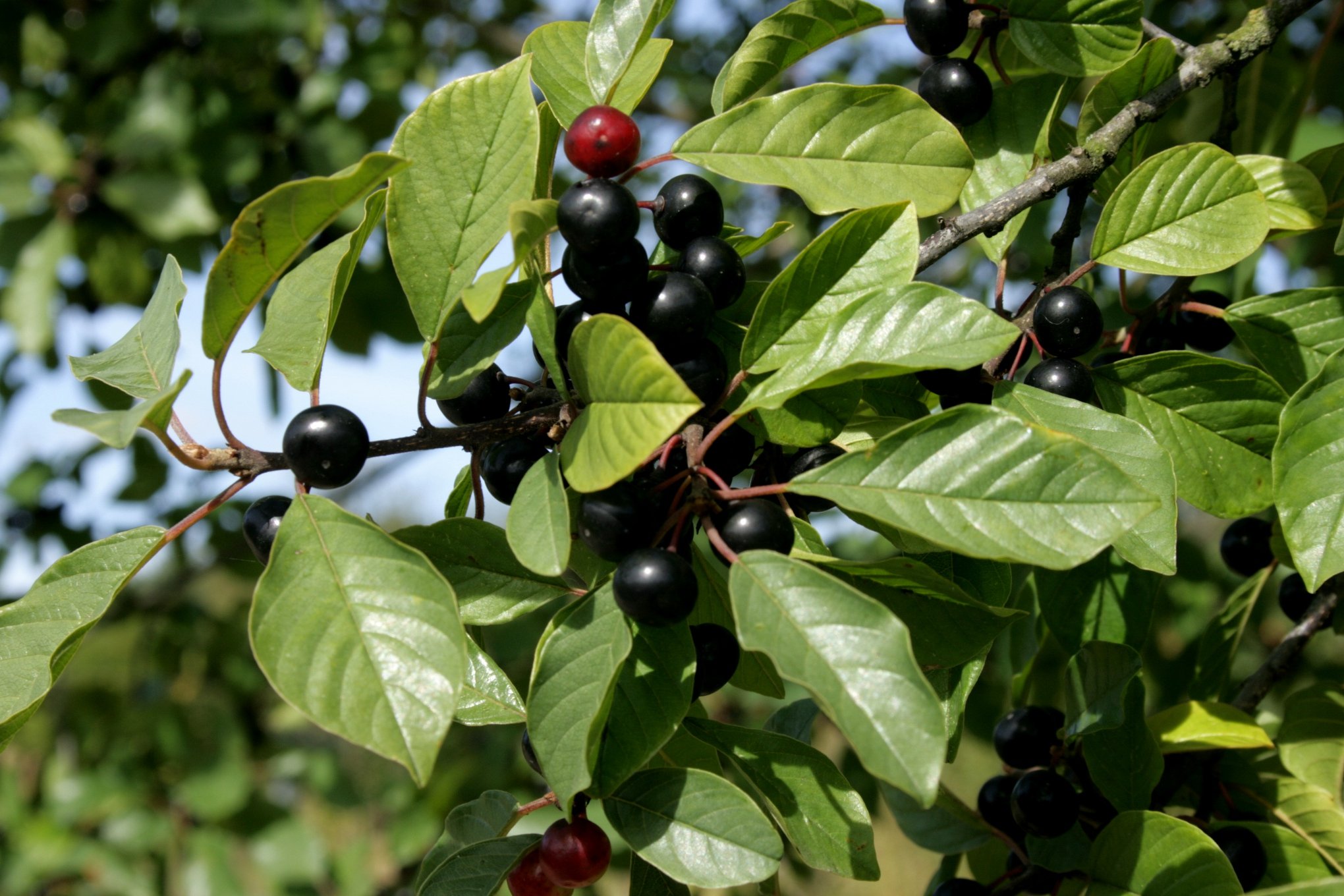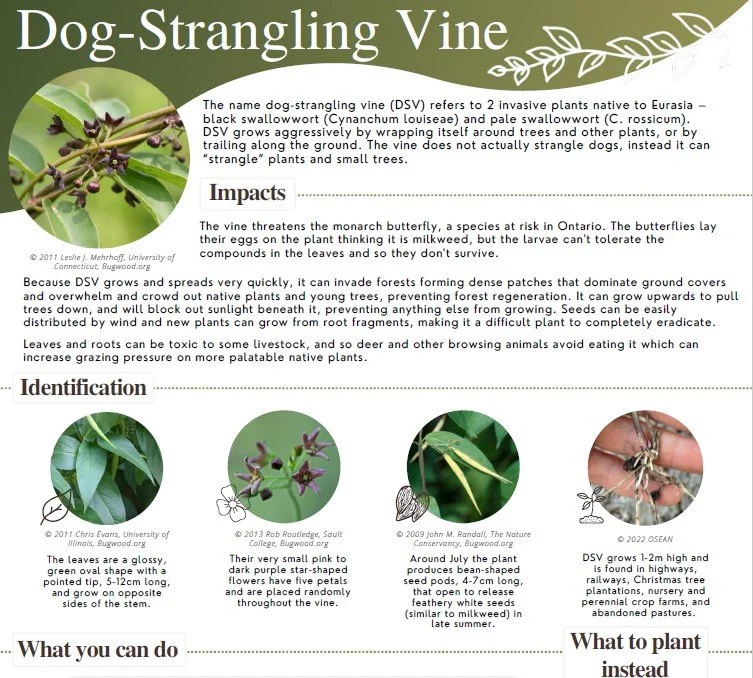Invasive species removal

Invasive plants are non-native plants that have a negative impact on our natural ecosystems. OSEAN wants to support local residents in removing these harmful invaders.
Invasive species typically grow and spread easily, are often are resistant to disease and usually have no insects that feed on them. Many grow particularly well in disturbed sites, like roadsides and vacant lots. Some invasive plants will release chemicals from their roots that affect the soil making it harder for other plants to grow. They can take the place of native plants that have evolved to fill specific niches in our native ecosystems. Visit the Ontario’s Invading Species website to learn more.
Toolkit loan
The right tool for the job can facilitate invasive species removal. OSEAN is offering a tookit of weed wrenches and a bypass lopper to help with removing Buckthorn (the most common invasive tree in Ottawa South) and other small invasive trees and shrubs. A weed wrench works by levering a small woody sapling out of the ground, pulling many of the roots which remain attached to the trunk. The jaws of the wrench are clamped around the trunk of the tree at the base, and then the handle is pulled back to lever the sapling out of the ground.
Financial support
We encourage borrowers to give a small donation to contribute towards the costs of running the program, if they are in a financial position to do so.
Our toolkit includes:
Pullerbear Club XL weed wrench (max stem diameter 2”)
Extractigator Classic weed wrench (max stem diameter 2”)
Bypass loppers (used to cut off the branches prior to wrenching out the root system)
Learn
Tips for removing Buckthorn
It is best to remove the whole root, as many invasive trees will grow back from any roots left in the ground.
It is most effective if some of the soil around the trunk is dug out first with a shovel, but this may not be necessary for smaller saplings.
Weed wrenches works best on trees and shrubs with a single trunk, as it is usually too hard to attach the jaws around multi-stemmed trees and shrubs.
After removing the root, replace the soil in the hole and smooth it over as much as possible to avoid tripping hazards.
If you see tiny saplings near the tree, remove those by pulling by hand. If the tree has berries, try to cut the branches with berries first and place them in garbage bags so they don’t fall to the ground and create new saplings next spring.
The woody parts of the buckthorn tree (without berries) can be chopped up in 4-ft long bundles and placed out with yard waste, or chipped to use as mulch.
Resource sheets
Learn more about Dog-Strangling Vine, Common Buckthorn, Garlic Mustard, and Periwinkle.



